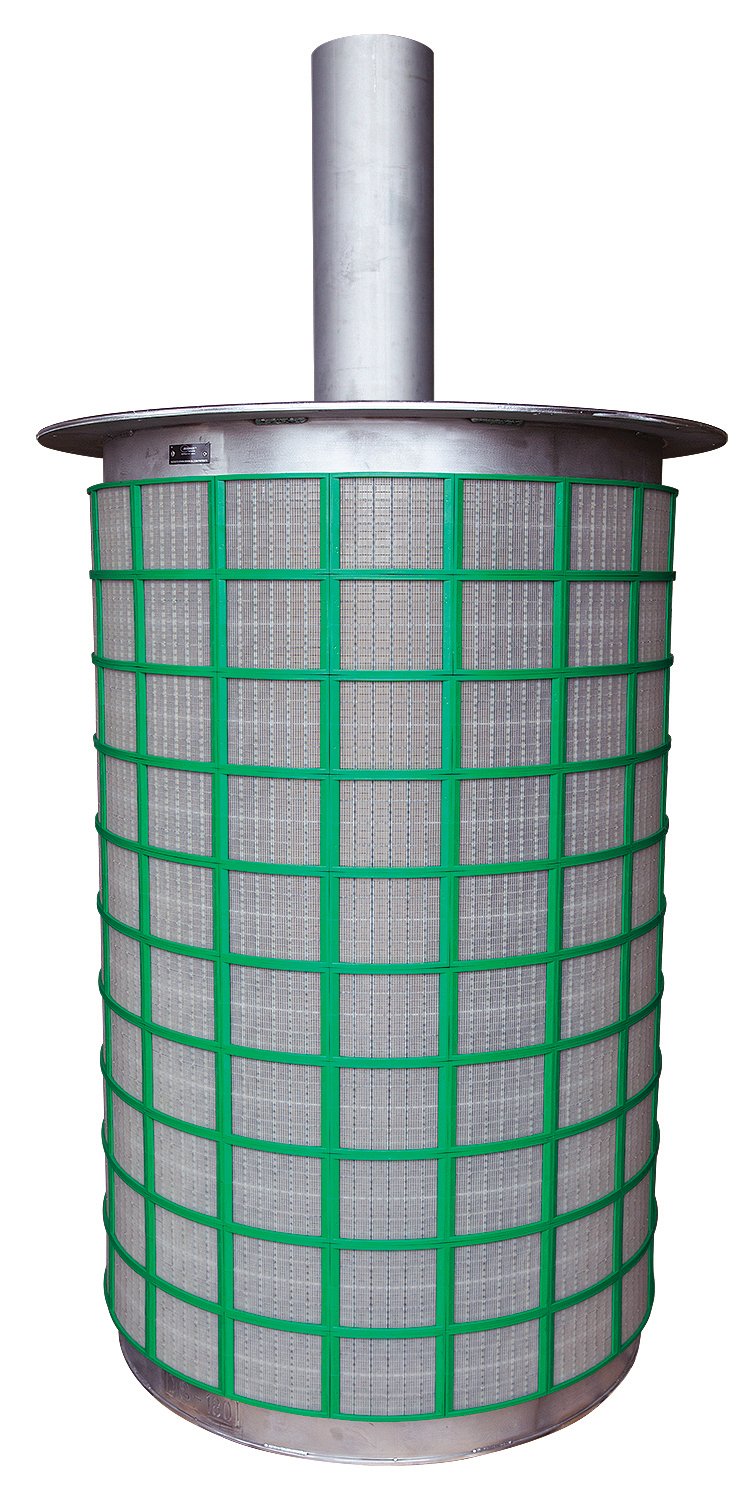Advancements in Interstage Screening at Nevada Gold Mines’s Resin In Leach Facility
Goldstrike is Barrick’s largest and most productive mining operation, with gold production of more than 40 million ounces since 1987. Its now part of Nevada Gold Mines, which incorporates former Newmont and Barrick properties. NGM produced approximately 4 million ounces in 2018. The Resin process was developed to treat carbonaceous preg robbing ores which were proven to be amenable to thiosulphate leaching. Effective, efficient resin in pulp process mimicking the traditional carbon process (counter flow) but once the plant was online it was determined that in tank screens were a bottle neck. The stainless steel wedge wire baskets blinded quickly. One major issue with wedge wire screens is that stainless steel is relatively soft. The edges wear and round over time and instead of resin being rejected, it can become stuck more easily. Baskets are pressure washed but once the edges round, blinding continues to occur faster and faster requiring more frequent cleanings.
To keep the circuit operational, weekly cleaning and maintenance of the screens was necessary. The baskets had to be pulled and power washed. Given crane rental, a 3rd party labor crew, and materials the cost was approximately $40,000 per week.
Derrick Corporation has been working on screen surface technology since the 1950’s and specifically in the past couple years been looking at improving its urethane technology with higher throughputs and better durability. The standard Derrick orange flat panels were developed in the 1980’s with a patented unique process for high open area urethane surfaces. That surface technology was developed in conjunction with the Derrick vibrating screen as the goal was a symbiotic relationship between the screening surface and the machine designed to drive it.
Given gold companies wish for increased production, Derrick started working on a more modular system that would incoporate the updated panel technology. A modular system would allow for quick changes and less downtime. The result was a non blinding surface, higher open area (32% for 500 micron panel compared to 18% for Wedge Wire), an overall gain of approximately 30% in open area (even with the modular design) and gaining the great wear properties and flexibility from a thermoplastic surface.
In 2017 Nevada Gold Mines teamed with PMA and Derrick to test G Vault Baskets in the RIL circuit. Two screens were installed in different RIL tanks. The screens were never pulled during testing and dipped every shift to check for panel failure. After 6 months of no high tank levels, no cleanings required, and no panel failures, the test was deemed a success and the decision was made to change out all the stainless steel wedge wire to Derrick G-Vaults.
As a result of changing the wedge wire screens to the Derrick GVaults, the retention screens in the RIL circuit are no longer the bottle neck. The original budget tonnage has steadily increased from 600 TPH to 682 TPH in 2019, and 730 TPH in 2020. During one particularly hard run, it was determined that the screens could handle up to 900 TPH in this particular circuit. The cost associated with screen cleaning, rebuilds, repairs, and general maintenance were eliminated which justified the equipment change and the throughput increase made the decision easy.
This case study was presented at the 2020 Annunal SME Meeting and a copy of the paper can be downloaded here.

